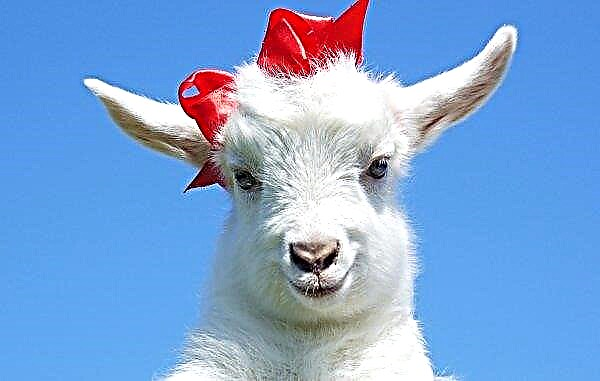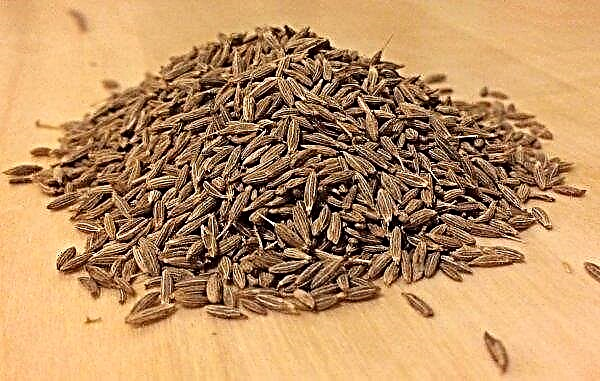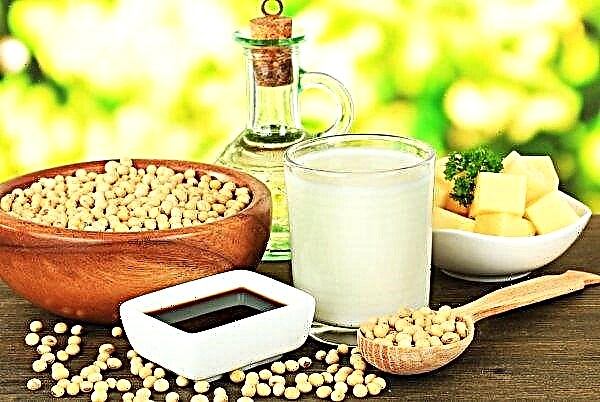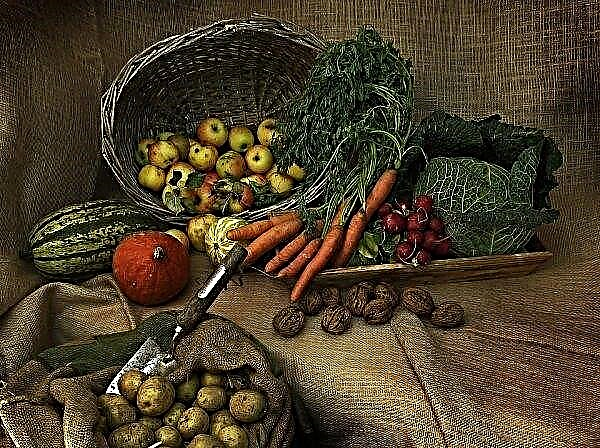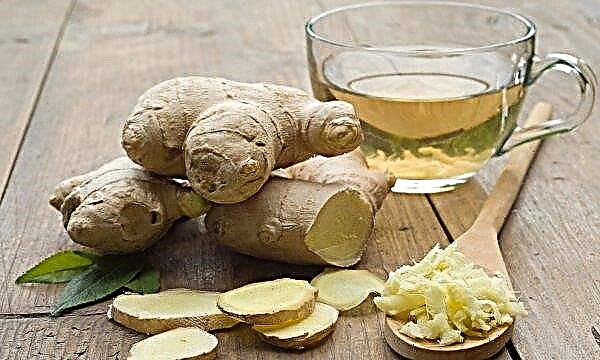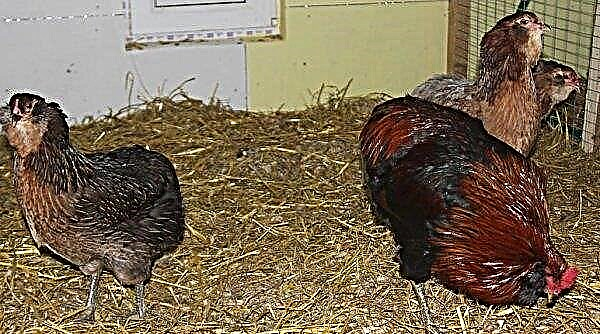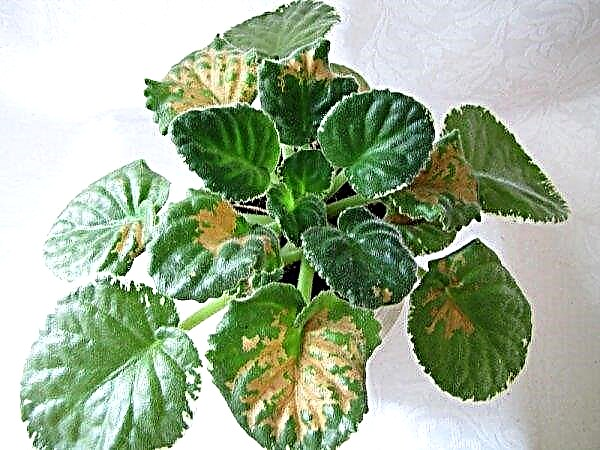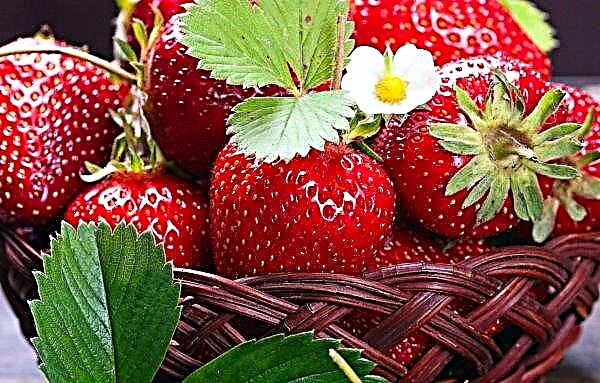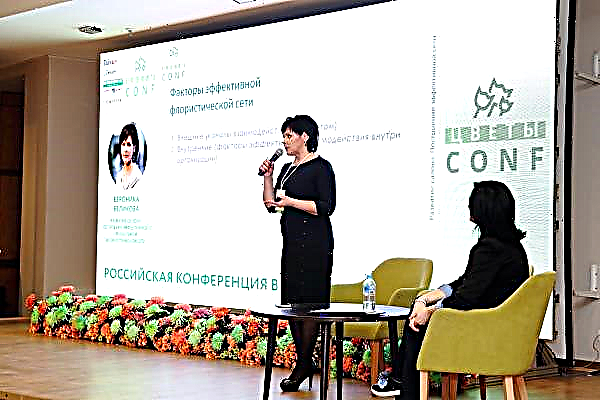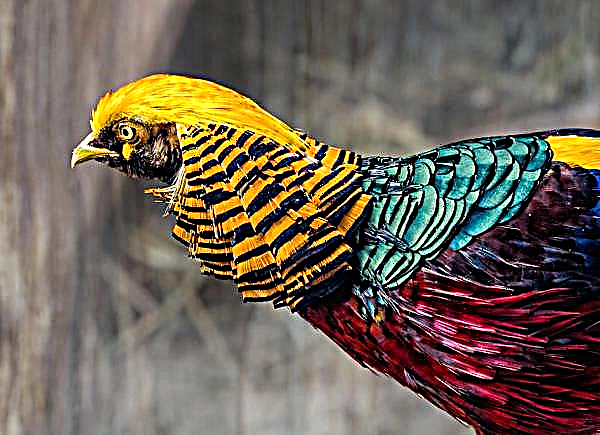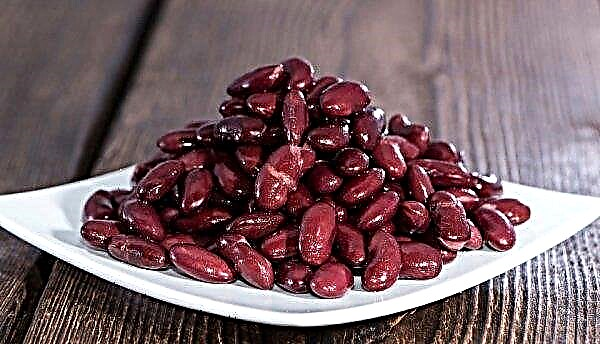It is impossible to imagine a Slavic table without potatoes. It is grown everywhere and is called "second bread." Each gardener has a favorite and proven variety, and Lilya takes an honorable place in the list of the best.
Description and characteristic
The official name of the variety is Lilya Belorusskaya. Bred by breeders of Belarus and cultivated since 2008.
Taste qualities
The tubers are even, smooth, with a thin skin. The pulp is light yellow, dense, starchy. The potatoes are tasty and not cooked. The fruits are high in protein and amino acids. Suitable for frying, baking, stuffing, salads. Also used for industrial purposes - for the manufacture of semi-finished products. Not very suitable for mashed potatoes.
Did you know? Potato berries are very poisonous - 1-2 eaten cause poisoning.
Ripening period
Lilya belongs to the early varieties - 70 days pass from the moment full-fledged seedlings appear to the maturity of the tubers. In the northern regions, terms may be extended.
Productivity
On average, 10 tubers can be obtained from one bush, but 15 root crops are also found. They are relatively uniform in size and shape and weigh between 100 and 200 g each. Depending on the growing conditions and climate, the yield from 1 ha ranges from 320 to 750 centners.
Advantages and disadvantages of the variety
- This variety has several advantages:
- universality in use;
- marketable condition;
- great taste;
- high productivity;
- well kept;
- resistant to drought and disease.
Planting and growing varieties
You can get the maximum yield of delicious root crops only by adhering to certain growing requirements.
Optimal landing times
Potato planting dates depend on the climatic zone and soil. In the southern regions and on light sandy lands this can be done already in the second half of April. The fact is that sandy lands quickly lose moisture and warm up well, which is why root crops are laid earlier. In other regions and on chernozem, landing is carried out in the first half of May.
Did you know? It is very likely that the first Russian to taste the potatoes was Peter I. He liked the taste of the root crop and decided that the potatoes would help feed the population.
Crop rotation rules
Lilya gives good yields and is less sick if it is grown after winter crops, annual and perennial herbs and flax, cabbage. On sandy soils, lupine is considered a good precursor. It is not recommended to plant it after tomatoes, sweet peppers, eggplant. Also, the landing place needs to be changed every 3 years.
Soil requirements
The main requirement of the variety to the ground is nutrition. Prepare the site begin in the fall.
To do this, you must:
- remove all weeds;
- dig a shovel on a bayonet or plow the ground;
- make wood ash;
- scatter humus.

In spring, the procedure is repeated, while potassium-phosphorus fertilizers are added to the humus. On acidic soils, an additional 40 kg of lime or dolomite flour per 1 hundred parts is needed to deoxidize. Before planting, wood ash is added to each well. This will help protect the tubers from wireworms.
Preparing planting material
To prepare root crops for planting, they also begin in the fall, at the stage of sorting the crop. Root crops are about 5 cm in diameter. If there are few such ones, then larger ones can be used, cutting them into two parts. In the fall, potatoes are well dried, avoiding direct sunlight and cleaned in the cellar.
A month before planting, the seed material is taken out and germinated in a warm and bright place. To prevent the tubers from drying out, they are sprayed with water. Cut potatoes need to be treated with wood ash and dried in the sun.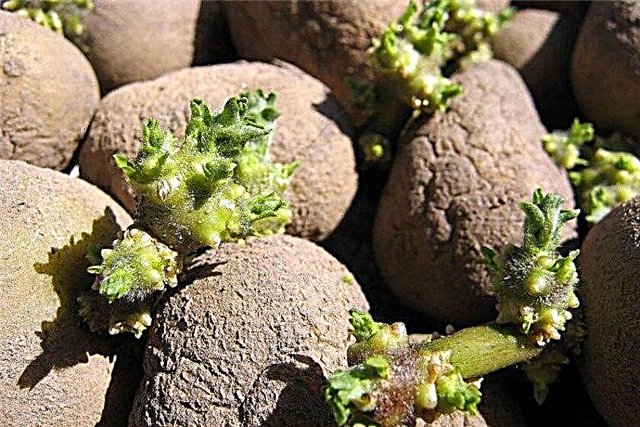 When planting large areas, some resort to preplant treatment with insecticides to avoid the attack of the Colorado potato beetle and other pests.
When planting large areas, some resort to preplant treatment with insecticides to avoid the attack of the Colorado potato beetle and other pests.
Lilya cultivation technology
Potatoes can be sent to the ground only when the soil on the bayonet of a shovel is warmed up to + 10 ° C. If the temperature is lower, the vegetable will not grow. The distance between the bushes should be at least 35 cm, and if the area allows, then 50 cm. 80 cm between the rows.
As for the depth of the holes - the larger the planting material, the deeper the hole. On average, it is 10 cm. You can dig deeper into sandy soil, and 5 cm is permissible in heavy clay.
Important! Bushes should not interfere with each other, shade "neighbors" and impede hilling.
Features of care for the variety after planting
Unfortunately, potatoes cannot grow like grass - planted and forgot. He needs constant care.
Fertilizer
If manure was introduced in the fall and spring, then there is no need for additional feeding.
Otherwise, Lilya is fed three times per season:
- first time at the stage of leaf formation;
- second time - during the appearance of buds;
- third - 2 weeks after the second.
Foliar top dressing with superphosphate is also used, by spraying on a sheet.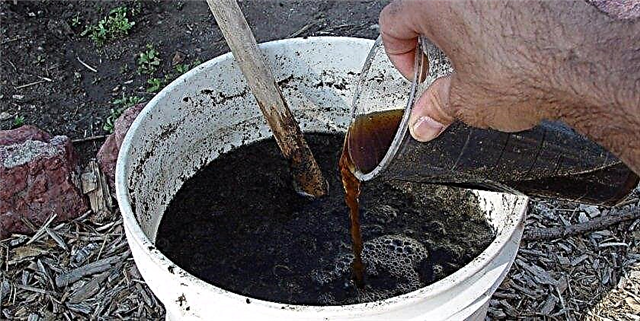
Watering
Immediately after planting, potatoes are not watered, as this can only do harm. With the advent of the first sprouts, and in the absence of rain, they are watered with room water under each bush or from a hose. Optimal will be drip irrigation. It is better to carry out the procedure early in the morning or after sunset.
Weeding and hilling
After the site is planted, it is necessary to walk along it with a rake in order to loosen the earth and prevent the weeds from taking root. When the sprouts appear, you can walk along the beds with a harrow, which will also fluff up the ground and remove the weed grass.
Before the plants reach a height of 80 cm, you need to have time to weed them and spud them three times. This contributes to the formation of underground shoots on which additional tubers are tied. Weed is removed at the same time. After the last hilling, the aisles are mulched with straw or grass so that the plantings do not overgrow and moisture is retained.Potato Diseases and Pests
The main enemy of this vegetable is Colorado beetle. Effective fight against it - only insecticides. Spraying is carried out at the stage of the appearance of larvae on the leaves. You need to choose a dry, calm day. If it rains after spraying, it will have to be repeated.
Lilya tubers are sometimes hit by a wireworm. Prevention of its appearance may be wood ash in the holes or the treatment of tubers before planting.
Harvesting and storage
They begin to dig early potatoes in July, but they can be massively harvested when the green part dries and lays on the ground. Cleaning is carried out in dry weather. However, in late August, choosing such a day can be difficult. If the ground is wet, the tubers should dry well. In this case, for the harvest, they make a fence on the street, ventilated from all sides, and it is desirable to place it in the shade of trees. They allow the potatoes to lie there for about three weeks and begin sorting. In rain and at night the crop is covered.
Store potatoes in a dark, cool and dry room. Storage temperature from +2 to + 5 ° С. It can be stored both in nets and in bulk, or in wooden boxes.
Important! If the temperature is above + 10 ° C, the tubers begin to sprout and lose their taste.
The variety has proven itself during long-term storage - about 90% of the crop is well preserved.
Useful tips gardeners
- If potatoes are planted with chopped tubers, then each part should have three pairs of eyes.
- When cutting root vegetables, it is recommended to dip the knife every time in a potassium permanganate solution.
- High hilling will save potatoes from frost.
- It is better to plant potatoes in the sandy soil earlier, in April, while the earth is still wet.
- Most watering is necessary during the period of budding and flowering.
- In regions with hot and dry climates, hilling is best avoided - tubers may bake. It is enough to loosen the earth.
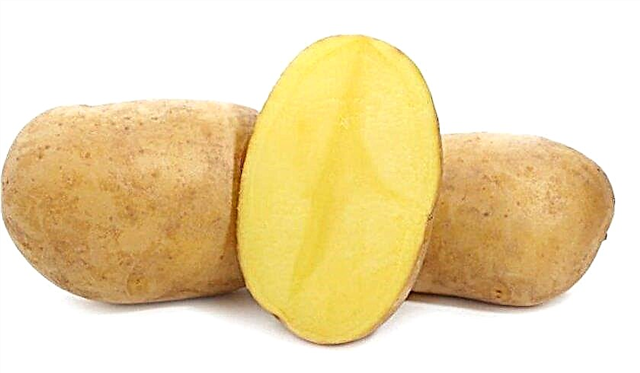
Lilya is a noteworthy, high-yielding variety with excellent taste and marketability. It is simple to grow it, as it is unpretentious in leaving, is not afraid of sudden changes in the weather and is therefore popular with many farmers and agricultural enterprises.



